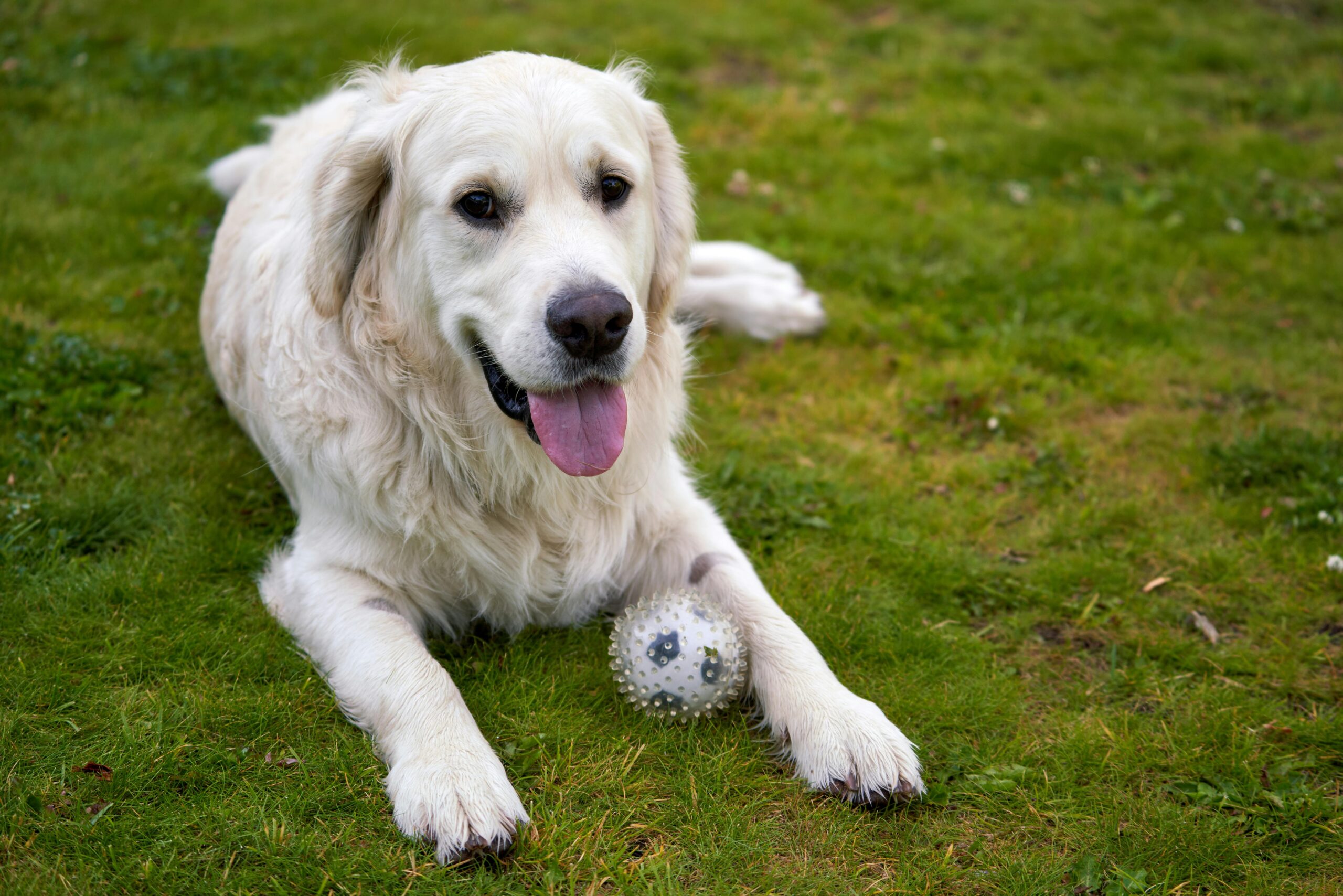“Ever wondered why your pet’s favorite glass toy shattered after just one week? Yeah, us too.”
Pet owners everywhere face the same dilemma: choosing toys that are safe, durable, and fun for their furry friends. But when it comes to glass toys—yes, glass toys—a key factor often overlooked is impact resistance ratings. These ratings can make or break (literally) your pet’s playtime experience.
In this post, we’ll deep dive into why impact resistance ratings matter in pet glass toys, how to assess them, and some quirky tips you’ve (probably) never heard before. You’ll also get a front-row seat to real-world examples and a meme-worthy conclusion that’ll leave you saying, “Aha!”
Table of Contents
- Key Takeaways
- Why Do Pets Need Durable Toys?
- How to Check Impact Resistance Ratings
- Pro Tips for Choosing Glass Toys
- Real-Life Examples: What Works
- Frequently Asked Questions
Key Takeaways
- Impact resistance ratings determine how well glass toys withstand wear and tear during play.
- Failing to consider these ratings can lead to shattered toys—and potential safety hazards.
- Durability isn’t everything; balance quality with affordability for long-term satisfaction.
- Real-world testing proves which brands truly excel in creating lasting glass pet accessories.
Why Do Pets Need Durable Toys?
Imagine handing over a beautifully crafted glass chew toy to your Labrador… only to see it obliterated within minutes. Ouch—for both your wallet and your heart. Durability matters because pets, especially energetic breeds like Labradors and Huskies, are prone to aggressive chewing and heavy-duty play sessions.
Here’s where impact resistance ratings shine—they tell you exactly how much abuse a toy can handle without breaking down. The higher the rating, the better equipped the toy is to survive those relentless nibbles and tosses across the room. Without knowing this crucial metric, you’re essentially rolling dice on whether your pet’s next plaything will last more than a day.

How to Check Impact Resistance Ratings
Step 1: Read Product Labels
Check the packaging or product description online. Most reputable manufacturers include information about materials used and their corresponding impact resistance ratings.
Step 2: Look for Certifications
Some products come certified by third-party organizations specializing in safety standards. This adds an extra layer of reassurance.
Step 3: Compare Values
Ratings typically range from low (fragile) to high (nearly indestructible). For example, toys rated 5/10 might work best for smaller dogs with gentler bites, while larger pups may require at least an 8/10.
Optimist You: “Follow these steps closely!”
Grumpy You: “Yeah, fine—but skip step two if coffee hasn’t kicked in yet.”
Pro Tips for Choosing Glass Toys
- Avoid Cheap Alternatives: Those bargain-bin finds might look appealing, but they rarely meet basic safety thresholds.
- Prioritize Safety Over Aesthetics: Sure, sparkly designs catch eyes—but not all shiny objects pass muster under pressure tests.
- Test Before You Trust: Once home, drop the toy gently onto a soft surface first to gauge its resilience.
- Stay Updated: New innovations constantly emerge in the world of pet care tech. Keep tabs on cutting-edge advancements.
(Disclaimer): Never use human drinking glasses repurposed as makeshift chew toys—it’s a terrible idea no matter how desperate you feel!
Real-Life Examples: What Works
Take Maxine, a Golden Retriever living her best life thanks to a brand called ToughGlass™. Their lineup boasts top-tier impact resistance scores consistently averaging between 9-10/10. After six months of rigorous field trials involving fetch games and nightly gnawing sprees, Maxine’s parents report zero breakage incidents.

Conversely, there’s Buddy, who suffered through countless broken shards until switching to premium alternatives backed by solid ratings. His owner warns against cheap knockoffs, citing costly vet bills stemming from swallowed fragments.
Frequently Asked Questions
Q1: Are glass toys really safe for pets?
A1: Yes—if chosen carefully based on proper impact resistance guidelines.
Q2: Can I repair a cracked glass toy?
A2: Absolutely not. Discard immediately to avoid injury risks.
Q3: Where do I find reliable impact resistance certifications?
A3: Search for labels from recognized bodies like ASTM International or ISO standards related specifically to pet products.
Conclusion
Navigating the world of pet glass toys doesn’t have to feel overwhelming. By focusing on impact resistance ratings, prioritizing quality over flashiness, and steering clear of dubious deals, you set yourself—and your beloved companion—up for success. Remember, choosing wisely today means fewer headaches tomorrow.
Like a Tamagotchi, your pet’s happiness depends on consistent TLC. And hey, bonus karma points if you share this guide with fellow pet parents struggling to decode the mysteries behind durable pet gear!


